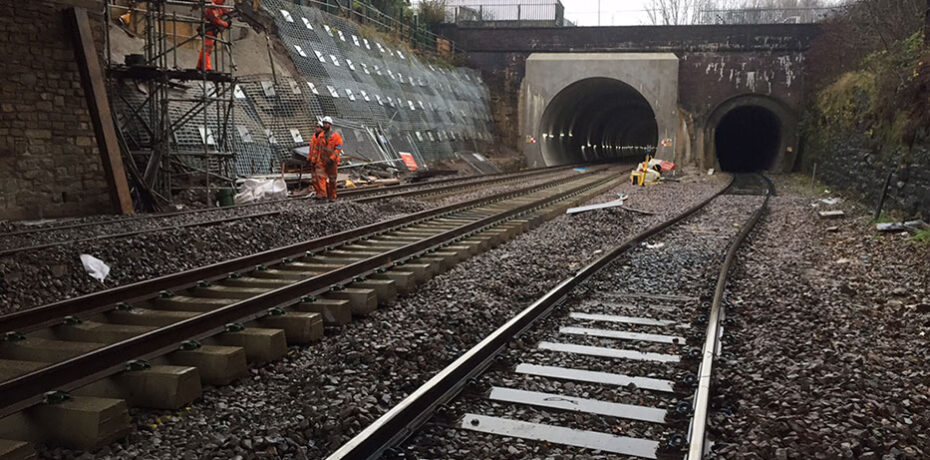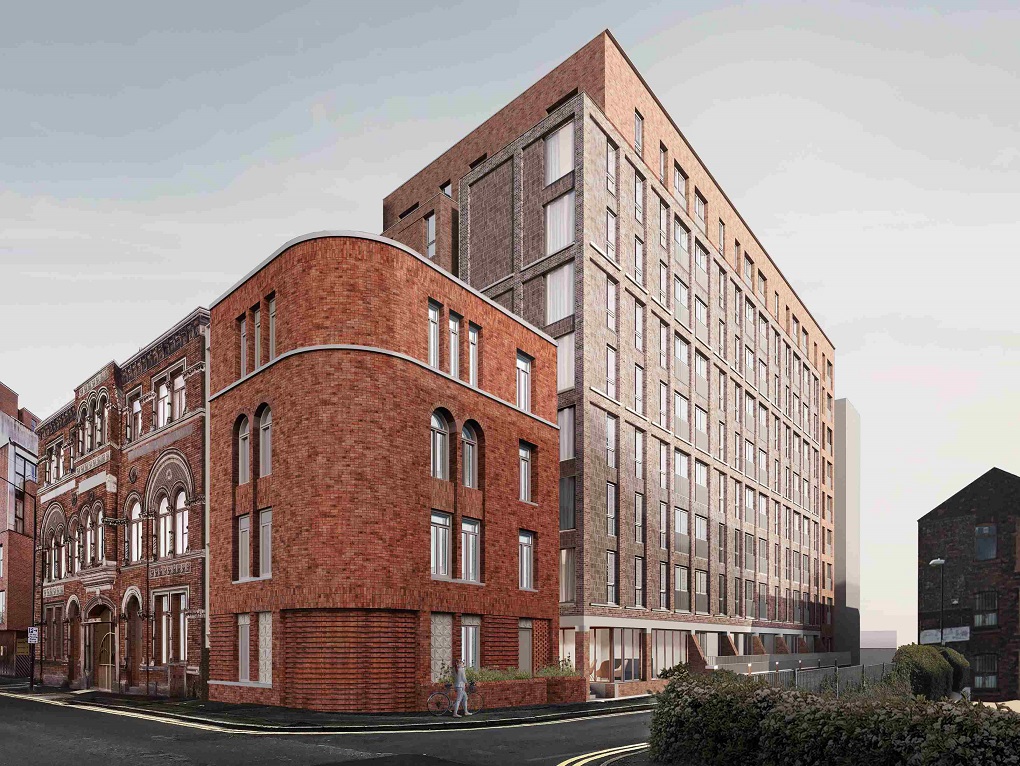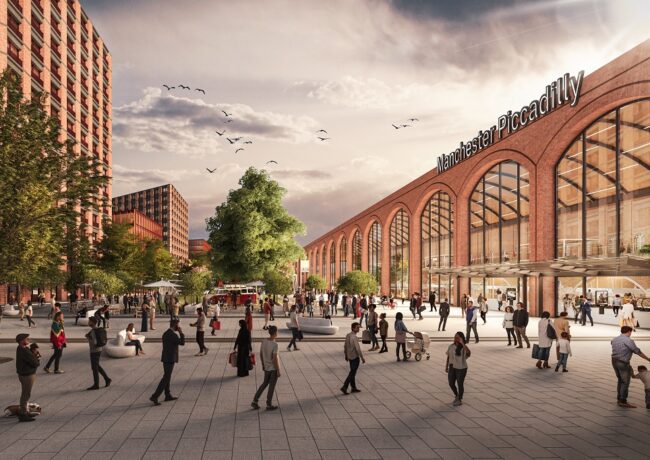Murphy video shows scale of Farnworth tunnel task
Civil engineering contractor J Murphy & Sons has produced a video looking back at its challenging job for Network Rail to enlarge Farnworth tunnel near Bolton to allow the electrification of the railway line between Manchester and Preston.
Scroll down for video
Work started in March 2015 to enlarge the 19th century tunnel to allow for overhead power lines to pass through. Fillie, a giant tunnelling machine, exited the tunnel at Farnworth in October 2015.
Some of the stats from the project:
- 30,000 tonnes of material removed from the 270m-long tunnel
- 1,940 concrete sections installed to build the new tunnel
- 1,600m of track lowered into position at Farnworth and Moses Gate
- 120 people worked on the project, which took 580,000 man hours in total
In September, Network Rail announced that work on Farnworth Tunnel was to be extended by 10 weeks due to exceptionally poor ground conditions and unforeseen running sands which the machine had come across during boring. This slowed the excavation speed and created voids which needed filling before boring could safely continue.
Work on the final stages of the project is due to be completed by Network Rail this weekend, when the tunnel will be closed and trains replaced by bus services.
A spokesman for Network Rail added: “Despite more than 1,500 test holes being drilled to try and predict the ground conditions in the area, engineers encountered far more sand than was predicted, making the tunnel boring process extremely slow adding weeks to the programme. It proved impossible to safely excavate while concurrently installing and grouting sections of tunnel wall as was originally planned.”
Murphy had to fill the tunnel with 7,500m3 of foam concrete before re-boring it using the UK’s biggest tunnel boring machine, Fillie, to create a bigger tunnel housing two tracks with room for overhead electric cables.
Network Rail continued to keep the tunnel open for passenger services throughout the project meaning that Murphy had to work in limited time periods.
The tight timeframe of only 10 weekends meant only being able to take possession of the tunnel for 54 hours at a time.
Work was carried out a few metres beneath the A666, a main road linking the M61 and Bolton, and 1.5m from a live railway in the adjacent tunnel.
A spokesman for Murphy said: “The team came up against difficult ground conditions that meant before re-boring the up-tunnel, Murphy had to strengthen it by spraying a 200mm reinforced shotcrete lining through the tunnel. Difficult ground conditions meant the solutions had to be created as the project work went along, including further reinforcing the tunnel before the TBM could be put to work. The 7,500m3 of special foam concrete had to be soft enough to bore through but sturdy enough to prevent a collapse of the structure, so a special mix had to be created.
The original 270m-long tunnel was lined with a mixture of brick and interlocked solid stone, running through a mixture of ground – laminated clay, sand, glacial fill and silt – which posed challenges for Murphy in undertaking the re-bore. The up-tunnel which previously took trains North East on a single line was enlarged by 3m to accommodate two new electrified rails.
The single track of the down-tunnel remained in use during the up-tunnel works but required strengthening for the tunnel boring machine drive and to safeguard the structure. Over 1,500 ground investigation boreholes were drilled by Murphy to establish the ground types which would need to be handled by the tunnelling machine. Up to 500,000 tonnes of material was removed using a feeding conveyor belt and Moxy trucks.
Almost 2,000 concrete lining segments which make up the tunnel were put in place by an erector arm within the rear tail-skin section of the TBM. This process drives the TBM through the tunnel – as each ring is completed the whole TBM is jacked forward against the previous set of rings.
The special design of the TBM also allowed interchangeable devices to be mounted onto the shield to address the varying ground conditions. These included fore-poling boards to provide initial ground support at the face with centrally mounted twin mining booms, which could carry a roadheader drum cutter, hydraulic breaker or bucket excavator, depending on the ground type encountered.
A spokesman for Network Rail said: “The final piece of work through Farnworth Tunnel will take place over the last two weekends in January 2016.
“During weekends 23–24 and 30–31 January, the railway line through Farnworth Tunnel will be closed. Once we have completed this work, it will mean that the speed restriction currently in place through the tunnel will be removed.”




